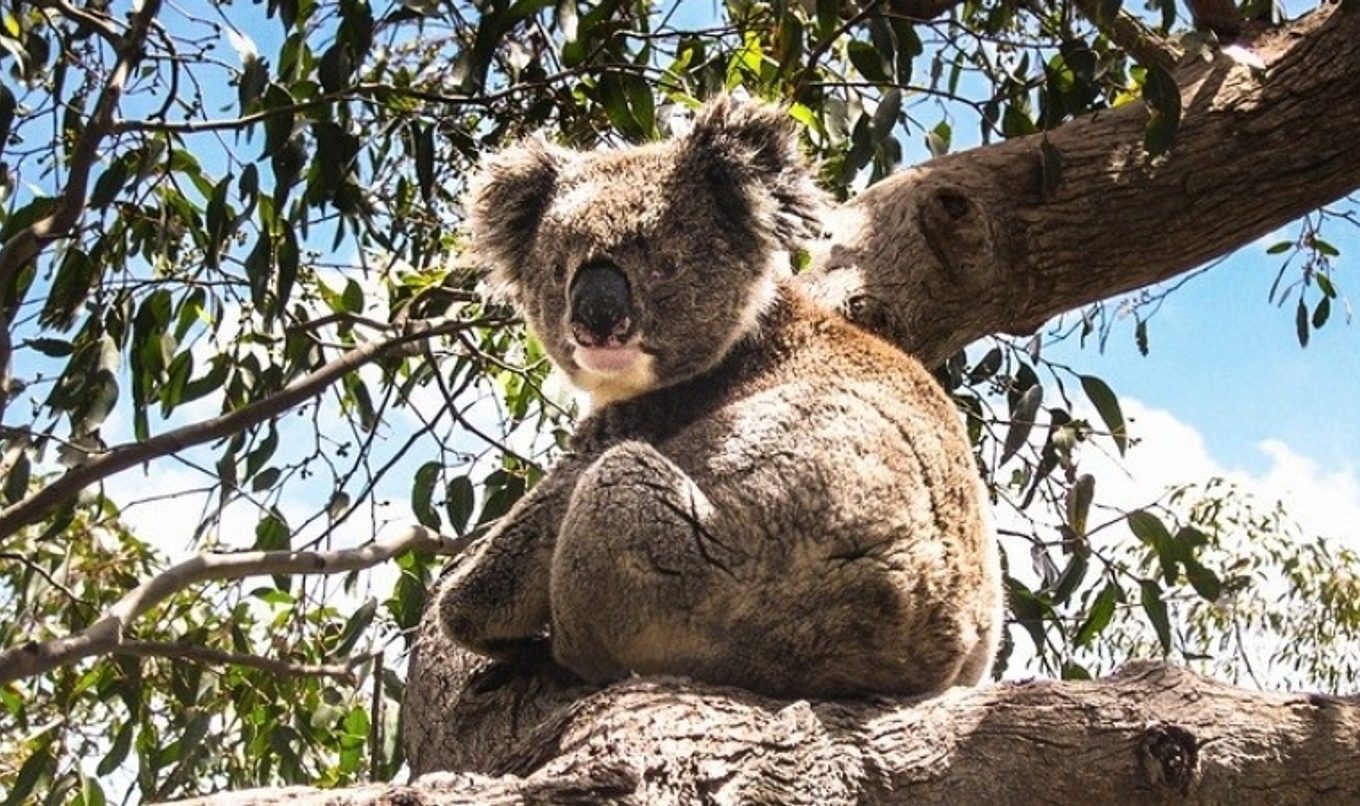Koalas and hills habitat to benefit from fertility control
Large concentrations of koalas in the Adelaide Hills have prompted a fertility control program to ensure the long-term welfare of the koala population and the preservation of natural bushland.

Department for Environment Regional Director Brenton Grear said a recent survey has estimated there are approximately 150,000 koalas in the Mt Lofty Ranges, with some very high densities in areas of Manna Gum woodland.
“In one area of woodland in the central hills, we have recorded 13 koalas per hectare. Around one koala per hectare is optimal, to prevent over-browsing of habitat and ensure the long-term welfare of the koalas,” Mr Grear said.
“There’s considerable evidence of over-browsing, with severe defoliation, dead or dying trees and many koalas in numerous parts of the Mt Lofty Ranges region.
“In effect, one of the greatest threats to the koala population in parts of the Mt Lofty Ranges is the koala population itself.”
Mr Grear said the fertility control program aims to reduce breeding, and will reduce population density over time without harming the koalas.
“Trained Department for Environment and Water staff will capture the koalas one at a time, administer a hormone implant on the spot and release the koala back into their tree,” he said.
“The whole treatment takes less than 10 minutes and has been developed to minimise disturbance to the animal.”
The program is being funded by the Adelaide and Mount Lofty Ranges Natural Resources Management Board and aims to treat 200 koalas during May and June. It is targeting areas of high koala over-browsing in the central hills.
The program in the Mt Lofty Ranges follows the success of a long-standing program on Kangaroo Island that has led to koala densities reducing significantly and tree health greatly improving.
Koalas are not native to the Adelaide and Mt Lofty Ranges (AMLR) or Kangaroo Island (KI) regions. They were introduced into both regions from Victoria in the early 1900s after hunting for the fur trade severely impacted the population in that state.
Recent surveys estimate there are more than 150,000 koalas in AMLR and 50,000 on KI.
A koala fertility control program has been operating on Kangaroo Island for more than 20 years.

